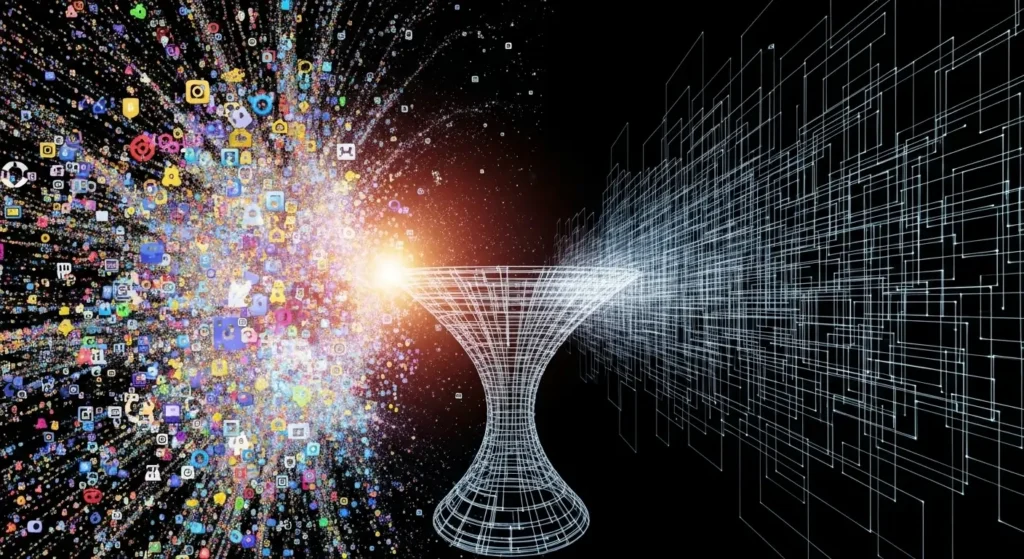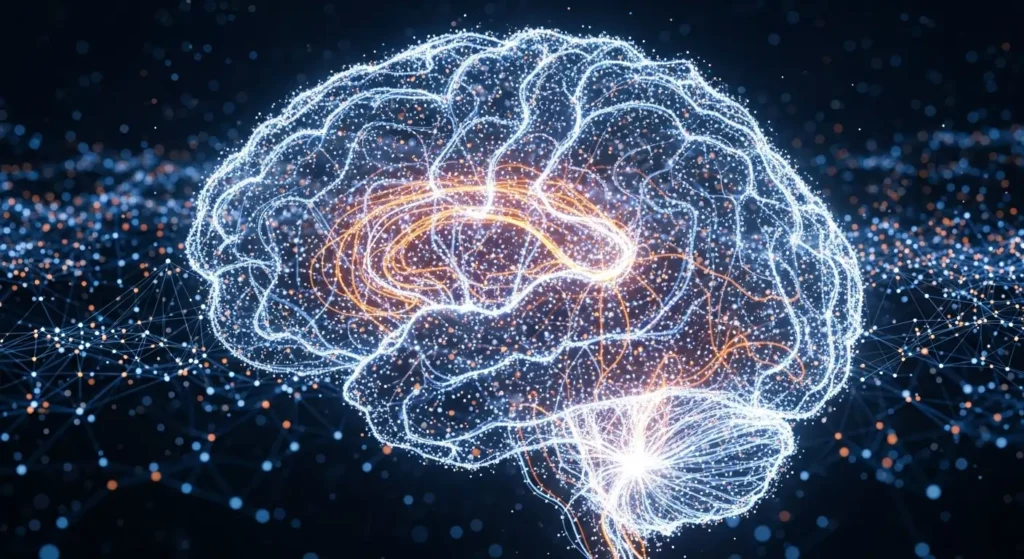You probably hear the terms ‘AI,’ ‘machine learning (ML),’ and ‘deep learning (DL)’ in your daily life.
But what if I told you that they are more like Russian nesting dolls that fit inside one another?
This article is going to explain these terms simply so that anyone can understand the difference.
After reading this article, you’ll not only understand what these technologies are, but you’ll also see the firsthand impact they’re having on your world.
Table of Contents
What is Artificial Intelligence?

Let’s start with the most common term: Artificial Intelligence
The answer is simple: Artificial Intelligence is the science that teaches computers to think, learn, and solve problems in a way that mimics human intelligence.
It’s the challenge of creating machines that can think, reason, and act like humans do.
It is thought of as an entire field that aims to build intelligent machines that can save our time.
You are already using AI on a daily basis without even knowing it.
For example, voice assistants like Siri and Alexa, spam filters within your email, and recommendation platforms on streaming media all make use of AI technologies.
The technologies are meant to complete tasks that normally require human intelligence.
Pro-Tip: “Think of AI as the entire field of robotics and artificial thought, not just a single technology.”
What is Machine Learning?

Machine Learning (ML) is one of the subfields of AI in which machines learn and improve from experience without any particular instruction for a task.
It is a means of bringing AI to life through “training” a program so that it can learn from data.
It is as if you are teaching a child to identify a cat.
You don’t program it with what a cat picture is; you show it many cat pictures so that it can learn on its own to identify a cat.
There are three broad categories of ML:
- Supervised Learning: This is analogous to being tutored. The algorithm is trained on a labeled dataset where the correct answer is predefined. The best example is forecasting house prices based on historical sales records.
- Unsupervised Learning: Here, the algorithm is provided with unclassified data from which it is required to learn patterns on its own. Clustering customers across different purchasing behavior segments is a form of unsupervised learning.
- Reinforcement Learning: This kind of learning happens through trying things out and making mistakes. The machine learns by getting rewards for good actions and punishments for bad ones. A computer that learns to play a game by getting rewards for good moves is a great example.
Key Takeaway: “ML is all about recognizing patterns in data. The more data a system ‘sees,’ the smarter it gets.”
What is Deep Learning?

Deep Learning is a specific area of ML.
It uses sophisticated, multi-layered artificial neural networks that mimic human brain functioning.
The “deep” levels of the artificial neural network allow it to learn more sophisticated patterns from big datasets.
DL is the technology that helps create some of the best AI applications we have today.
Self-driving cars that see obstacles, facial recognition on your phone, and language translation that happens instantly all use deep learning.
Pro-Tip: “DL is the secret sauce behind the current top-of-the-line AI we see today, ranging from AI art generators to advanced medical diagnostics.”
Conclusion
Simply put, AI is attempting to create intelligent machines.
Machine learning is how we do this by instructing computers to learn from data.
Deep learning is the advanced aspect of machine learning that employs complex networks to address some of the most challenging problems on Earth.
Being aware of these variations is frist step to truly understanding the incredible impact AI is having on our lives.